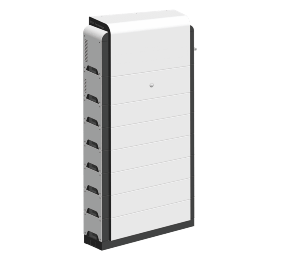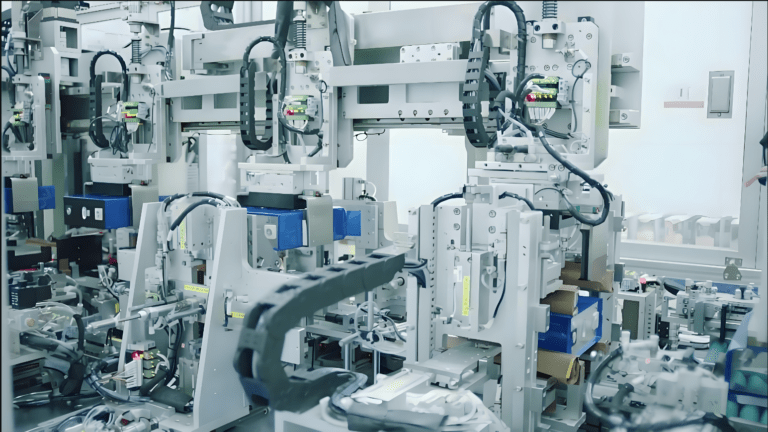Composition of Energy Storage Batteries
Solar lithium storage batteries primarily consist of a Battery Management System (BMS) and battery cells. The BMS is responsible for functions such as battery detection, assessment, protection, balancing, and communication, while the battery cells handle energy storage. Given that the energy storage system must work collaboratively with photovoltaic power generation systems, the power grid, and various energy-consuming loads, it faces complex operating conditions. This necessitates a strong interference resistance capability for the energy storage system, thereby imposing high requirements on the BMS in terms of response speed, data processing capability, and balancing management ability. Typically, energy storage system manufacturers focus on developing BMS-related products, outsourcing the battery cells, and then completing the development and production of energy storage battery products.
Role and Functions of the Battery Management System
The Battery Management System is a sophisticated device that detects the operational state of batteries through circuits and algorithms. By monitoring the battery state in real-time, it manages the balancing, thermal management, control, protection, and communication of the battery cells.
Key Functions of the BMS
The BMS can detect the state of the energy storage battery in real-time and generally performs five key functions: State of Charge (SOC) estimation, charge/discharge management and balancing, parameter detection, safety management, and communication management. Among these, SOC estimation is the core component of the BMS control algorithm. The accuracy of SOC estimation is closely related to the control precision of the BMS and the performance of energy storage battery products, presenting a high technical barrier.
Advanced Hardware Topology in Energy Storage Systems
In terms of hardware topology, large energy storage system manufacturers adopt architectures such as distributed Battery Management Systems. These systems can accommodate different numbers of battery packs to achieve various energy combinations according to application needs, balancing the flexibility and reliability of energy storage batteries. The control module samples the working state of the battery cells, and the master control module uses algorithms to manage overall control, achieving functions such as SOC estimation, charge/discharge management, and balancing management.
Enhancing SOC Estimation Accuracy
For SOC estimation, leading energy storage system manufacturers use a self-developed, second-order improved battery model based on the Extended Kalman Filter (EKF) algorithm. This model, combined with comprehensive charge and discharge data, establishes a self-learning SOC algorithm. This approach significantly improves SOC prediction accuracy compared to traditional algorithms, reducing the SOC prediction error to within 3%. Accurate SOC prediction provides technical support for efficient control strategies.
Innovative Charge/Discharge Management and Balancing Strategies
In terms of charge/discharge management and balancing, leading manufacturers adopt a new rapid balancing control strategy. This strategy uses external high-current balancing to quickly achieve equilibrium, addressing the issue of system imbalance caused by inconsistent power consumption over time. This method significantly enhances system reliability and conversion efficiency, maintaining a conversion efficiency of over 94%.
Advanced Parameter Detection and Safety Management Techniques
For parameter detection and safety management, leading manufacturers use a combination of software and hardware protection technologies. This approach ensures the battery system is protected even in the event of software failure. Additionally, automatic address allocation technology improves the efficiency of calibrating battery management systems, thereby enhancing battery reliability and safety.
Cutting-Edge Power System Design
Leading manufacturers generally employ advanced power system designs that cater to a voltage range of 60V-800V while achieving low power consumption. These designs extend the standby operating time of the system beyond original specifications. Energy storage battery products also utilize remote monitoring technology and establish a battery system status database. The BMS can predict the battery system’s state in advance and intervene timely to prevent resource wastage due to long-term idleness and avoid excessive discharge.



